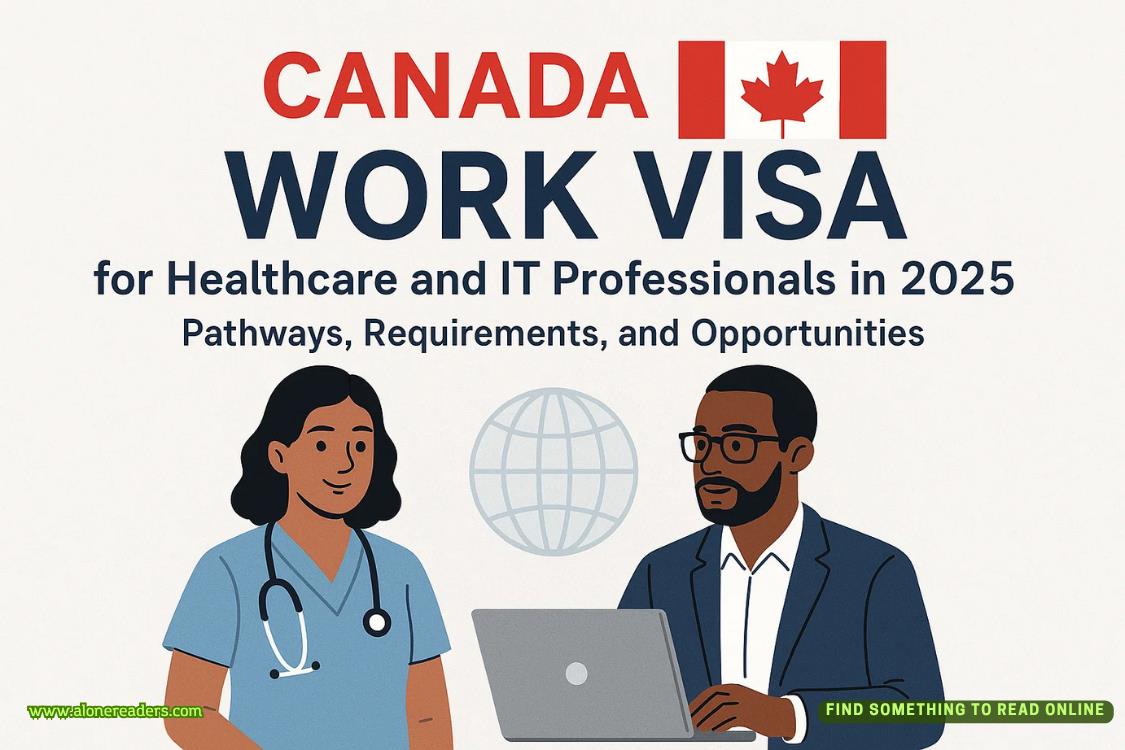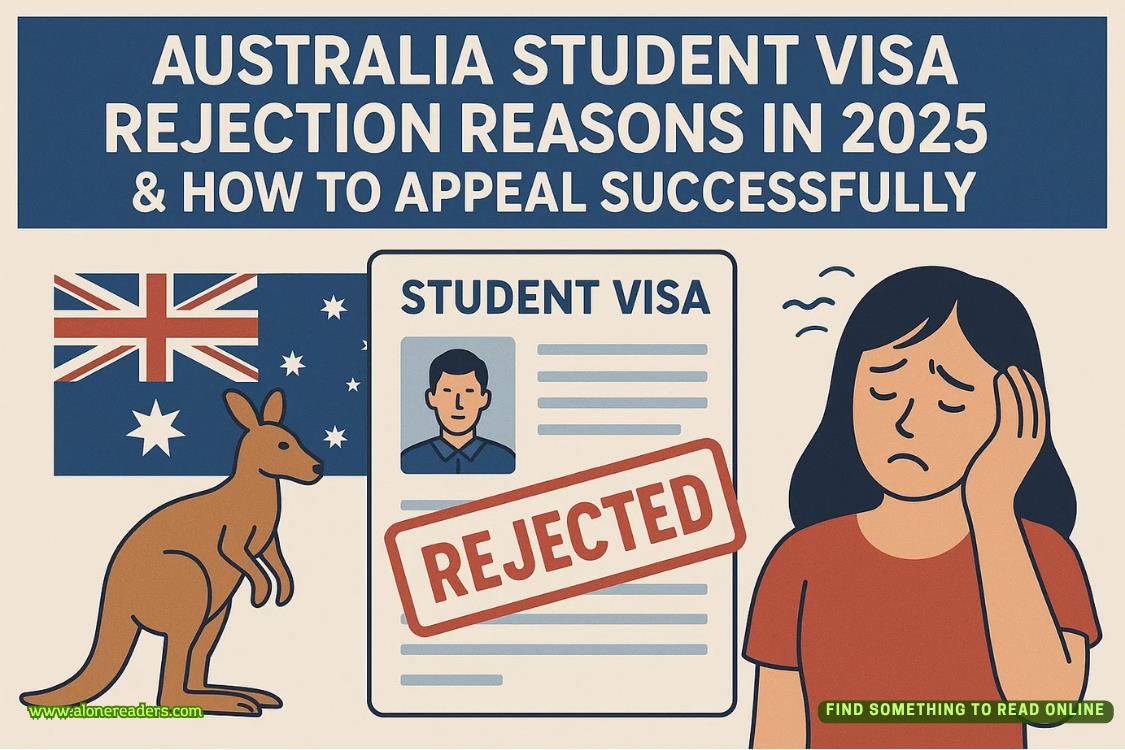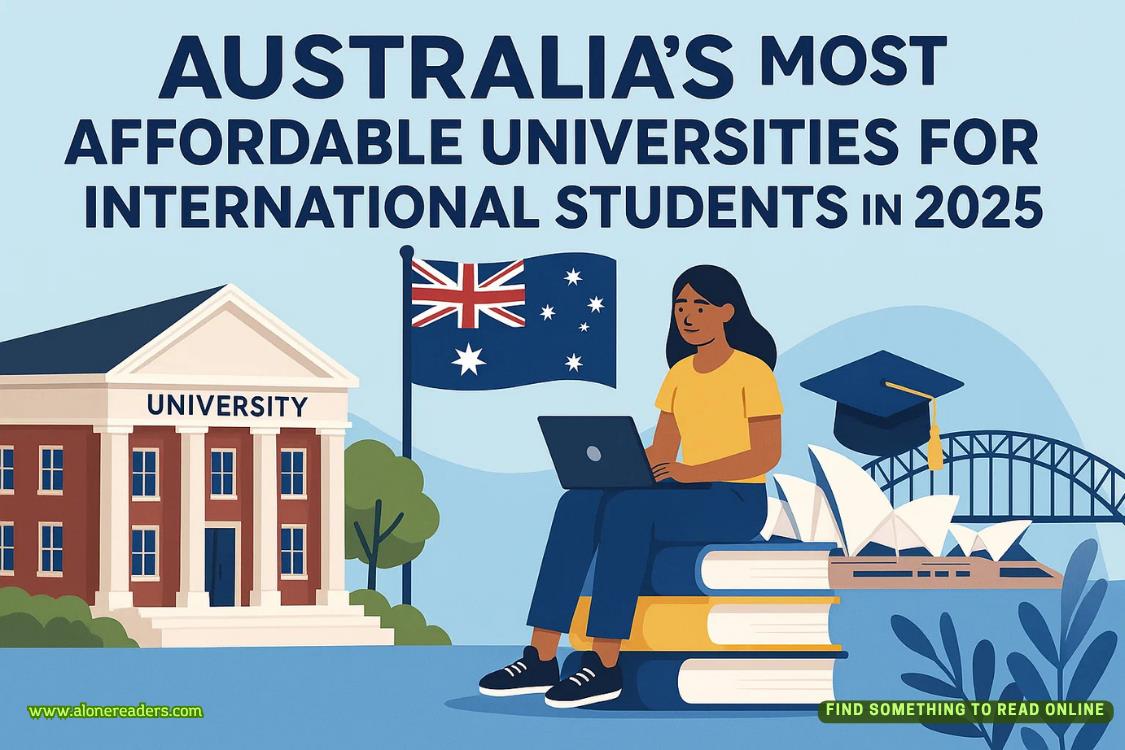Page 1 of Where She Belongs
ONE
You better not still be atthe clinic.
I stare at my daughter’s text message. Should I lie? My suitcase is packed, at least—sitting in the trunk of my car in the employee lot of Salud Integrada, my nonprofit clinic.
That counts for something, right?
Andrea:
Almost done here. Just checking on a few things.
Tristy:
Mom. Stop mothering the clinic.
Andrea:
I’m not mothering. I’m managing.
Tristy:
MOM. AIRPORT. NOW.
I glance up, trying to catch which of my staff ratted me out to my daughter. Everyone seems suspiciously engrossed in their work.
Too engrossed.
Andrea:
Just making sure everything’s in place before I leave.
Tristy:
MOM GET TO THE AIRPORT NOW OR YOU’LL MISS YOUR FLIGHT. AGAIN. YOU WERE SUPPOSED TO BE HERE YESTERDAY AND NOW YOU’RE LATE FOR YOUR FITTINGS.
I sigh, noticing the pointed looks from patients as they walk past my office. They’re right—I should be at the airport right now, having my first vacation drink. A real vacation this time. No conference cleverly disguised as time off, no meetings with potential nonprofit partners, no TED talk about community medicine. Just a vacation.
Well, my daughter’s destination wedding, really. But it still counts.
At twenty-six, Tristy Esmeralda Martin is marrying her Prince Charming, and I couldn’t be happier. Or more aware of the irony.
At her age, I was changing bedpans and reading medical journals out loud to a retired family practice physician, Carsten Williams, dreaming of a future I couldn’t afford. But he saw something in me that I couldn’t yet see in myself. When he died, the trust fund he left me came with one condition: medical school or nothing.
I applied the next day, got accepted and survived the gauntlet of medical school, then residency. Now I get to transform those dreams into reality for others, turning a small two-bedroom house in Albuquerque’s South Valley into a clinic for the uninsured despite my family’s insistence that with my medical degree, I should be working at a large medical center and make more money.
It doesn’t even matter to them that my clinic has been featured in the pages of the New York Times and Washington Post. Or that we’ve received hundreds of thousands in grant funding. All that matters to them is the fact that even with all that publicity, I’m not making private practice physician level salary—like high six figures like other people they know. Or so those other people tell them.
I mean, they’re not wrong. I make enough to make a good living and save money for a rainy day but I could always do better.
Maybe they’ll never understand why I chose this path, why helping those who have no other options mattered more to me than a big paycheck. But the clinic is my way of giving back to the people who helped me achieve my dreams, most of all Dr. Williams who believed in me.
With no student loans to worry about, I could focus on providing healthcare for all. It meant working long hours treating patients, filling out endless grant applications for funding, and even doing weekend rotations to pay for some expenses. I even participated in a few protests on health equality that helped change local policies.
The clinic has thrived since then. We no longer operate out of the two-bedroom casita; instead, we have a new medical building all to ourselves. This new space includes five examination rooms, a pharmacy, and even a small community vegetable garden. We’ve also established a partnership with the nearby medical school to host residents for their community health residencies.
My phone buzzes again.
Tristy:















